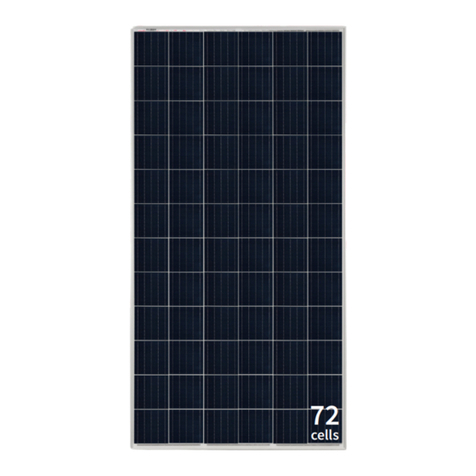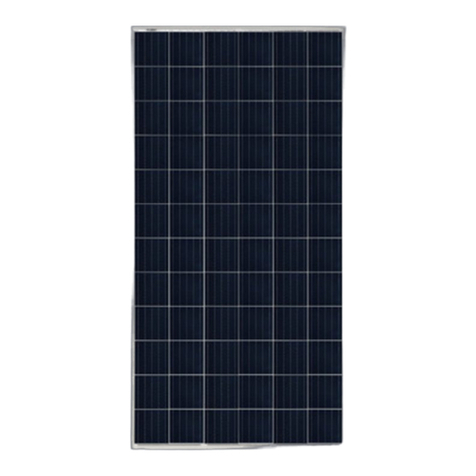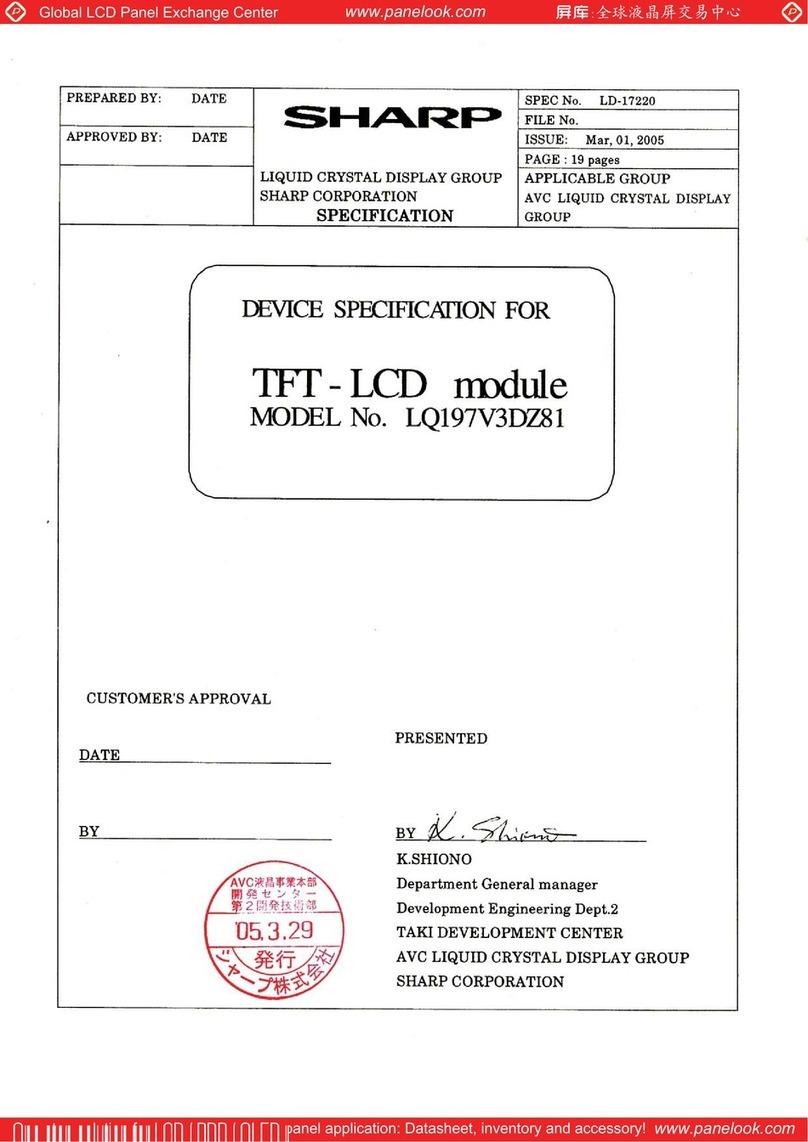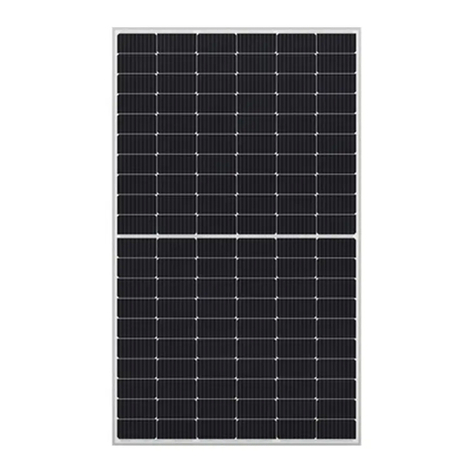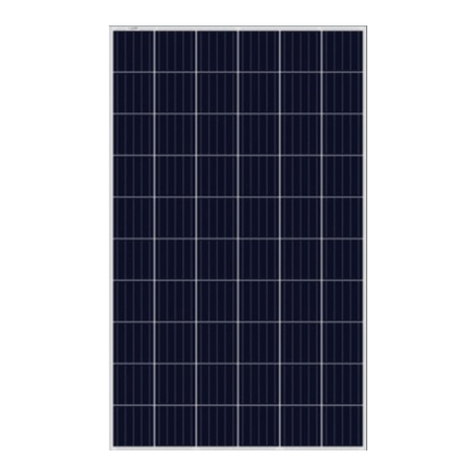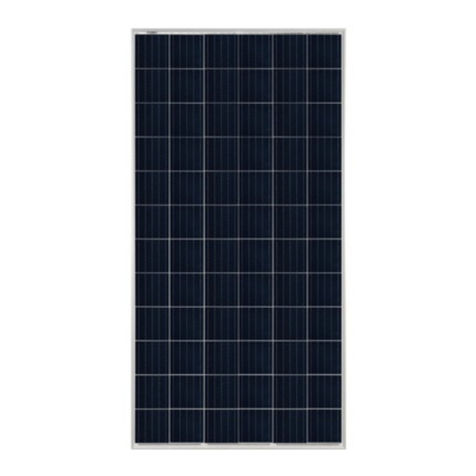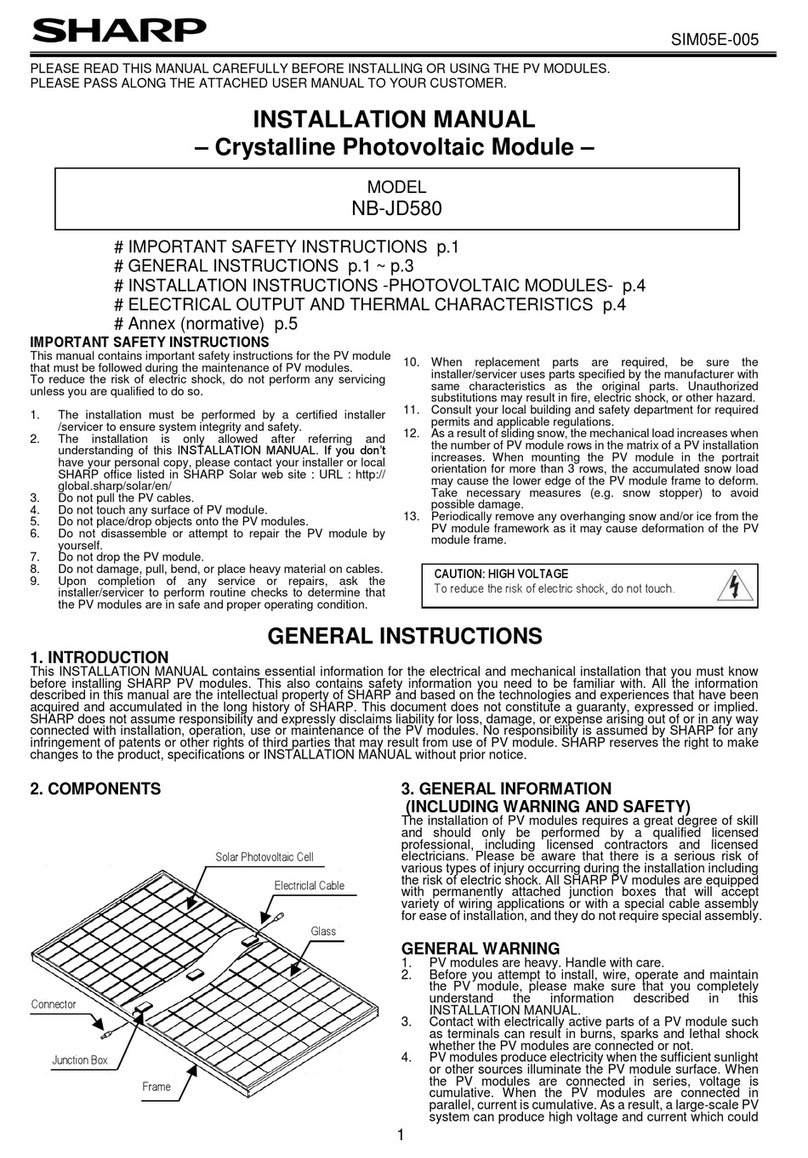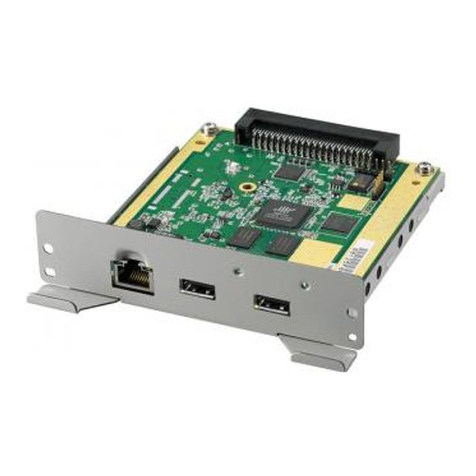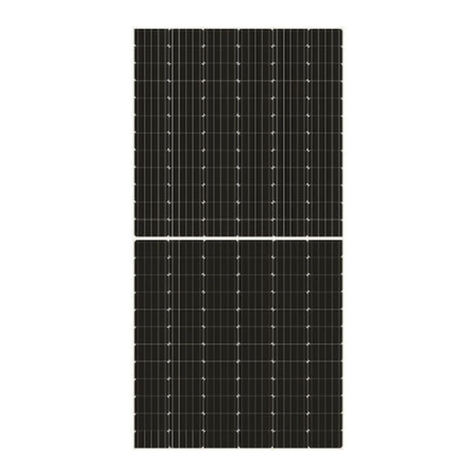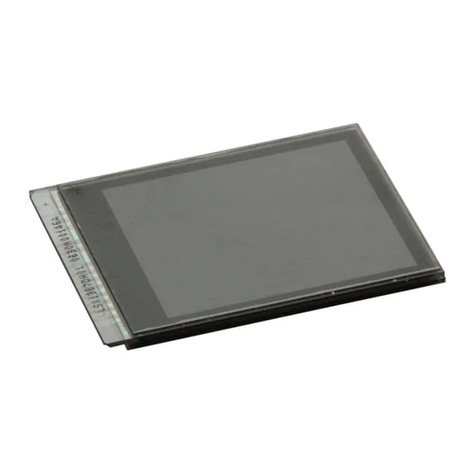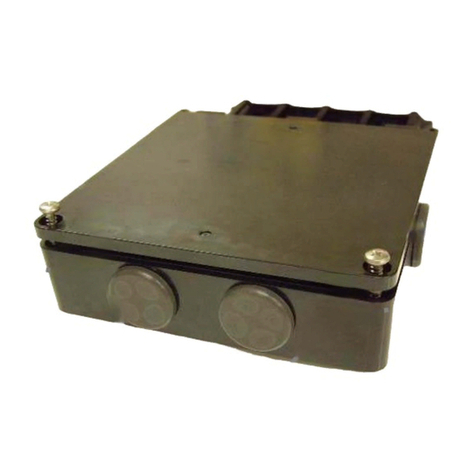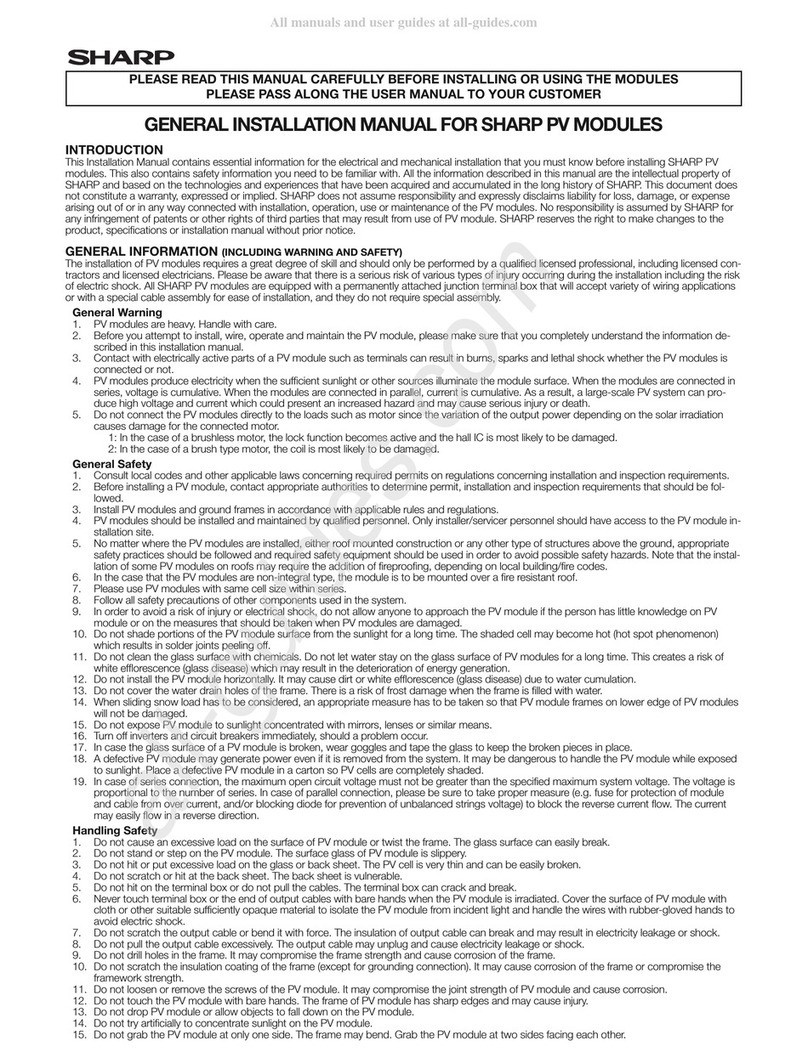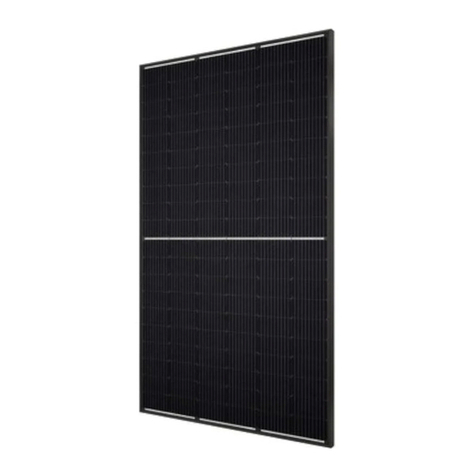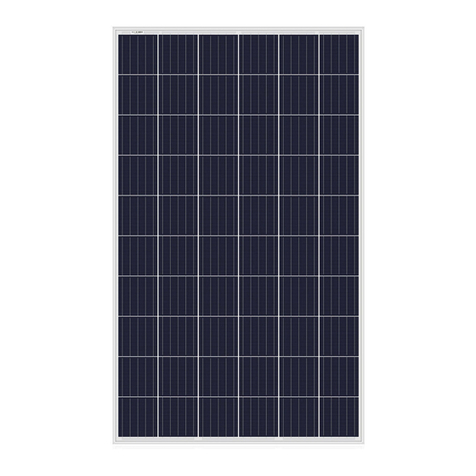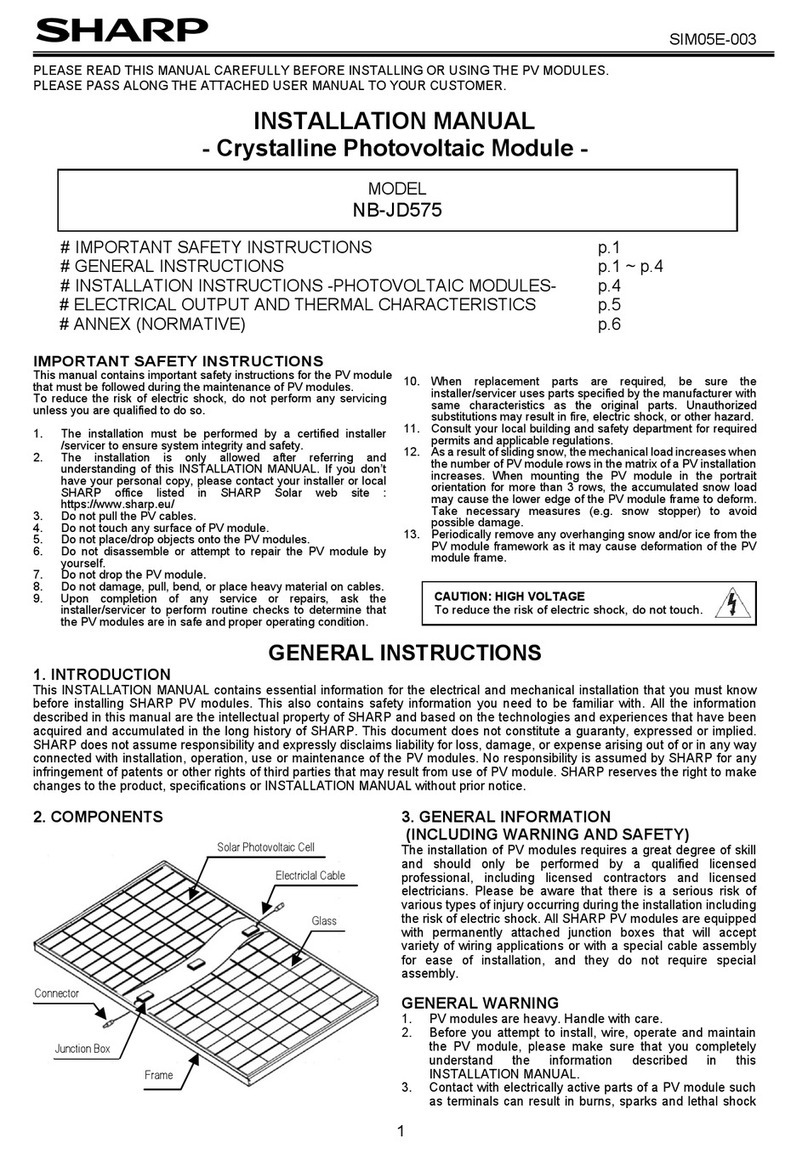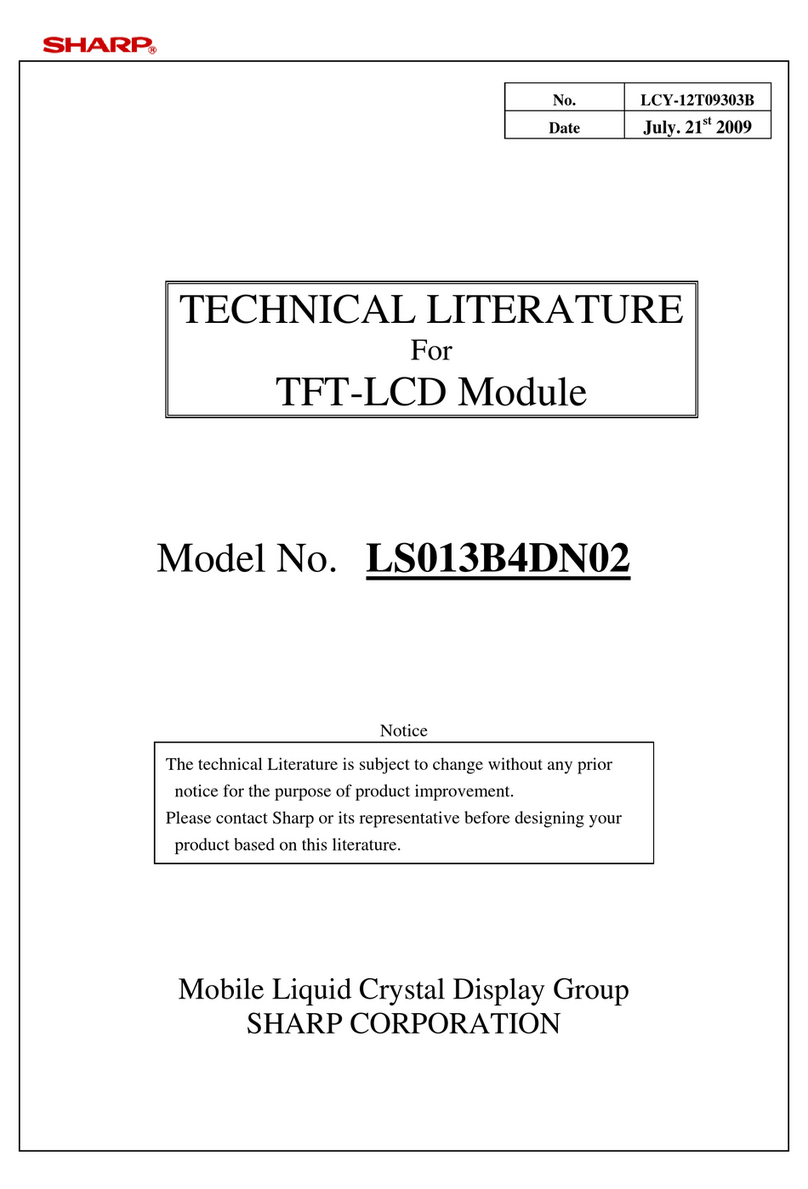
SPEC No.
LD-28204A
MODEL No.
LS013B7DH07
PAGE
3
(11) Use N2-blower such as ionized nitrogen has anti-electrostatic when you blow dusts on Polarizer.
To clean LCD panel surface, wipe clean with absorbent cotton or soft cloth. If further cleaning is needed,
use IPA(isopropyl alcohol) and wipe clean lightly on surface only.
Do not use organic solvents as it may damage the LCD panel terminal area which uses organic material.
Also, do not directly touch with finger. When the terminals cleaning are needed, those should be wiped by a
soft cloth or a cotton swab without directly touching by hand.
(12) To avoid picture uniformity failure, do not put a seal or an adhesive material on the LCD panel surface.
【Set-Design Precautions】
(1) Disassembly of the LCD panel in any way voids the warranty and may permanently damage the LCD panel.
(2) Do not expose the side of LCD panel and gate driver, etc. on the panel (circuit area outside panel display
area) to light as it may not operate properly. Design that shields the side of LCD panel and gate driver, etc.
from light is required when mounting the LCD module.
(3) Support for the LCD panel should be carefully designed to avoid the outside of stress specification on glass
surface. Be sure to design the cabinet so that the module can be assembled without any extra stress such as
warp or twist.
(4) It causes an irregular display and the defective indication, etc., when always put constant pressure on the
back of the module. Please do not make the structure to press the back of the module.
(5) In case of attaching a cover glass or touch panel to the front surface, use appropriate measures to avoid
degrading optical performance.
(6) To prevent loss of uniformity and prevent the introduction of contamination to the optical path of the LCD
panel, please use fine-pitch filters in the air flow of forced ventilation.
(7) Be sure to follow the absolute maximum rating in the specification. The design should consider the
surrounding temperature, the fluctuating input signal, and tolerance of the electronic parts. Exceeding
values is possible to cause worse characteristic such as burn and/or broken of the parts on LCD module.
(8) Be sure to use LCD module within the recommended Electrical Characteristics and Timing Characteristics of
Input Signals conditions. Operating module out of the recommended range is not guaranteed even if it is in
the absolute maximum rating.
(9) Follow the power, signal, and supply voltage sequence which the specification indicates, regarding on-off
input signal after power on of LCD module.
(10) According to the using application, power circuit protection is recommended at module failure.
(11) When handling LCD modules and assembling them into the cabinet, please avoid long-term storage in the
environment of oxidization or deoxidization gas. The use of materials such as reagent, solvent, adhesive,
resin, etc. which generate these gasses, may cause corrosion and discoloration of the modules.
Do not use the LCD module under such environment.
(12) To avoid picture uniformity failure, do not put a seal or an adhesive material on the LCD panel surface.
SHARP Confidential
technical literature
©Copyright 2016 SHARP All rights reserved©Copyright 2016 SHARP All rights reserved
